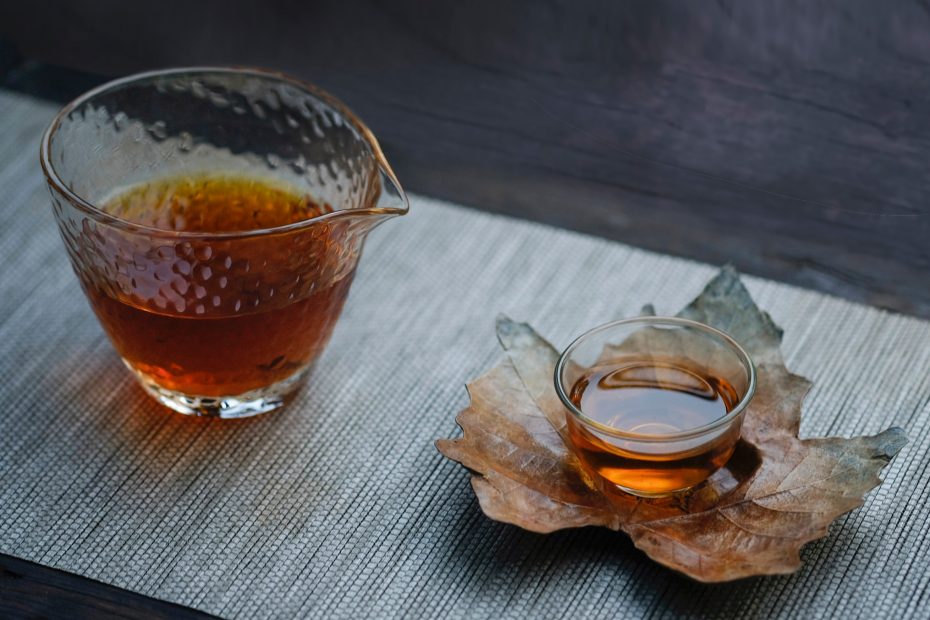Taiwan Oolong Tea: Dong Ding
Taiwan is an island famous for its oolong teas, and among the best known is definitely Dong Ding (or Tung Ting). The name means “frozen peak,” and it is a medium oxidation tea (20 to 30 percent).
In fact, do you remember that the oolong family is one in which the leaves undergo partial oxidation? The degree of oxidation affects the color of the leaves and the liquor in the cup, but also the flavor. For example, compare a low-oxidation Tie Guan Yin with this Dong Ding. They will seem like two completely different teas….
How to prepare Dong Ding
Dong Ding is a simple tea to prepare, you will see. My advice, as with other oolongs, is to wash the leaves, that is, make a very short infusion (a few seconds) before the actual infusion. These are the other directions I suggest (Western method):
Amount: 3 g per cup (about 220 ml of water). Corresponds to about a teaspoon and a half
Temperature: water at 90° C
Infusion time: 3-4 minutes
If you prepare the tea with a Yixing teapot or a gaiwan I recommend (Oriental method):
Quantity: 5 g per Gaiwan/Yixing (about 150 ml of water)
Temperature: water at 90° C
Infusion time: 30-40 seconds. Up to 5 infusions can be obtained in this way with the same leaves
Pairings with Dong Ding
Dong Ding has an intense dried fruit flavor with notes of peach, honey, and a delicate floral finish. It is velvety on the palate, an element that characterizes and distinguishes oolongs, especially those from Taiwan.
What food does it pair well with? Try it with milk chocolate, plain or with hazelnuts. Also great with nut cookies, granola or cereal bars when it comes to breakfast and snacks. If you have a dessert in mind, aim for something more elaborate with crème caramel or crème brûlée.
Not just desserts, A cup of Dong Ding even goes well with savory items, such as some smoked fish, especially salmon, or sweet cheese (e.g., Cheddar).
Dong Ding: the mountain tea
Dong Ding comes from the central area of the island, the Nantou district. This was the first tea-producing area in Taiwan in the 19th century. The Tea From Taiwan website tells that student Ling Fong Chi, after a period of study in China, returned home to Mount Dong Ding with 36 tea plants. The plants came from the Wuyi Mountains in China’s Fujian, an area historically known for its oolong teas.
The plants were grown on Mt. Dong Ding with excellent results. From there cultivation spread to neighboring areas-Minjian and Jhushan.
